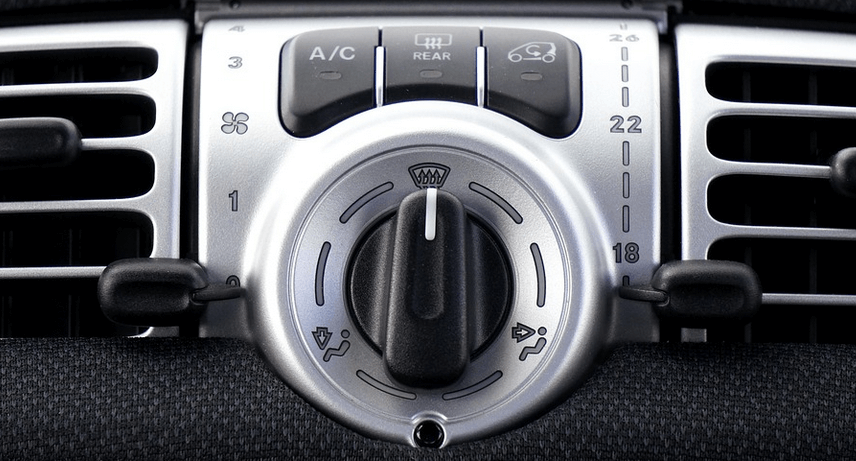As you drive around this summer, I’m guessing you’ll be hitting that AC button a time or two to keep cool and comfortable inside your car. A luxury we often take for granted, air conditioning and dual temperature controls were not always available to modern drivers. In the last century, we’ve witnessed advancements from auto makers – and having AC at the push of a button is just one of them. If you’re curious about the history of your car’s AC, then keep reading for 10 fun facts about the history of auto AC and refrigerants.
Early drivers used the open air
Fun fact # 1 starts with the advent of cars in general. The earliest Model T’s had no doors and a collapsible roof. Most drivers were more concerned with how to keep warm in the winter vs. keeping cool in the summer. At this time, drivers collapsed the roof and let the open air cool them off.
Doors became a thing
Shortly after the first Model T’s, car makers manufactured closed body cars with doors and no collapsible roofs. Drivers and passengers alike cooled down by opening the windows while they drove. These later models had vents installed underneath the dashboard which circulated the outside air. The only problem with this method of cooling was that the vents did not keep dirt and dust from getting inside the car.
Introducing the cooling fan
Car makers knew they needed to make improvements to the open air method. Enter the Knapp Limo-Sedan Fan. This was an electric fan that was mounted to the interior of the car – combined with the outside air, this fan was used to cool those in the car on a warm summer day.
The first version of the modern AC
The electric fan was not the only option for car owners. A second option was called the car cooler which was attached to the roof and used water evaporation to deliver cool air through open windows. The car cooler boasted that it could cool off the inside car temperature by 15-20 degrees.
The advent of factory installed air conditioning
In the 1940s, Packard became the first automaker to offer factory installed AC. The unit was located in the trunk, and the driver needed to get out of the car to turn the unit on and off by installing and removing the drive belt from the compressor. This unit only circulated air from inside the cabin and did not incorporate the outside air. The water ran overhead so a common complaint was that passengers were being dripped on.
AC took off after WWII
Did you know that before WWII that only 3,000 cars had air conditioning and that after the war over 1 million had AC? In 1953, General Motors developed a revolutionary AC system that fit in the car’s engine. No more hopping out of the car to install the drive belt! Things were really taking off and AC became an option in most cars keeping car owners cool on those hot summer days.
Putting comfort control in the hands of the driver
In 1963, Cadillac innovated a little further and made a breakthrough in the area of vehicle air conditioning. For the first time, drivers could set the temperature of the inside of the car with the advent of comfort control.
Rising environmental concerns
In the 1970s, scientists discovered that compounds called chlorofluorocarbons (CFCs) were deleting the earth’s ozone layer. Car air conditioning systems used a CFC called R12 (also known as Freon). Scientists knew they needed to develop an alternative and after years of testing, R-134a was invented to address these environmental concerns.
The Montreal Compact
In 1987, the U.S. government signed the Montreal Compact, which in part required manufacturers to make the switch to R-134a and other safer coolants by 1996.
AC at the push of a button
Today, our vehicle air conditioning systems are quite advanced including dual and rear climate control to keep your car comfortable all summer long. While we don’t have the environmental concerns with R12, using air conditioning can reduce your fuel efficiency by up to 25%. Some simple tips to make our AC use more efficient include using your AC only when driving highway speeds, not idling with the AC on, and opening our windows before turning on our AC to let the hot air out.
We’ve come a long way when it comes to maintaining our comfort while driving. And despite modern advancements, our current vehicle AC systems need maintenance to keep operating smoothly. If you haven’t scheduled your summer maintenance to ensure your AC is working properly, we’d love to help. Simply call for an appointment and we’ll make sure you keep cool and comfortable all summer long.

Recent Comments